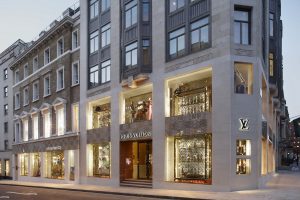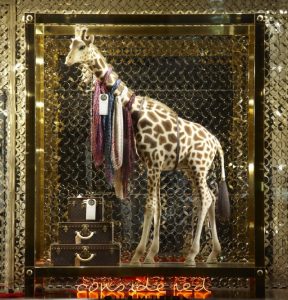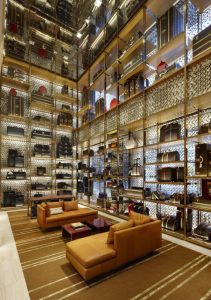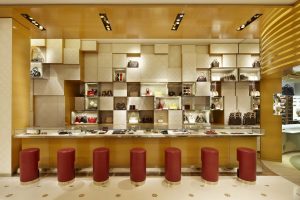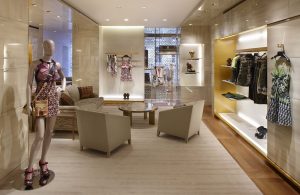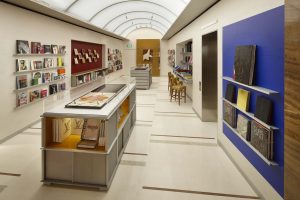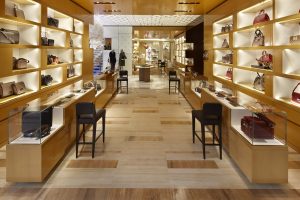Three floors, 16,150 square feet and an array of fine art. The spacious Louis Vuitton Maison is no ordinary store and, even in the exclusive cadre that is branded luxury retailing, the new London flagship is like nothing else.
For a start, the price alone should lead shoppers to expect something different. Believed to have cost more than $43 million, this could be the most expensive luxury store ever opened in terms of cost per square foot. There’s also the location: New Bond Street. As one of the U.K. capital’s most exclusive addresses, this is where luxury brands fall over themselves to take space, and therefore this is nothing so vulgar as a “store.”
Instead, welcome to the “Maison,” a luxury retail space with a high-end, semi-domestic feel where, as you walk around, you pass artwork by the likes of Damien Hurst, Gilbert & George and Jeff Koons, all casually placed throughout like visual merchandising props. Louis Vuitton calls the concept a meeting point for art, culture and retail and this is only the second store of its kind. The original is at home in Paris on the Champs Élysées and based on the size of these stores, shoppers can expect a greater product assortment, as well as a few extras including a gallery-cum-bookshop on the top floor.
The London store was designed by Peter Marino, the New York-based architect who specializes in luxury retail interiors for such brands as Dior, Barneys New York, Chanel and DKNY, among others. Marino began working for Louis Vuitton in 1995 and the new store, he says, is five times larger than the first space he worked on 15 years ago. Visiting the store, Marino commented: “We did all of the architecture on the outside and inside, the tables, chairs, rugs, all of the cabinets – kind of everything.”
The outcome is a remarkable interior by the standards of luxury brands. A more typical Louis Vuitton store, as displayed just a few miles west at Westfield London, features polished, open-fronted wardrobes around the perimeter, all beautifully finished, but hardly radical in terms of design. In the Maison, the wall treatment appears the same; however, thanks to concealed motors, sliding doors on the wall are constantly opening and closing to reveal different handbags. It’s a bit like a kinetic Chinese puzzle and visitors to the store seemed to spend as much time looking at the mechanics of this wall as at the bags on display.
Worth noting too is the visual merchandising. There’s the military-looking group of mannequins on the first floor with handbags over their heads, while in a corner of the stairwell, a metal installation made of scrap material whirrs, clicks and rings as a small motor turns its many cogs and wheels. This piece by artist Michael Landy rises up from the basement to the first floor and serves no function other than to say, “look at me.”
Advertisement
Also not to be overlooked are Maison’s window displays, one of which features an array of creatures that have been created by the artful arrangement of various pieces of Louis Vuitton merchandise. The effect is startling, particularly in view of their setting: studded blue velvet set within a Louis Vuitton packing case.
In moving from its former, smaller Bond Street location to this new, grand Maison, the luxury brand has put itself and London on the map as a global destination.
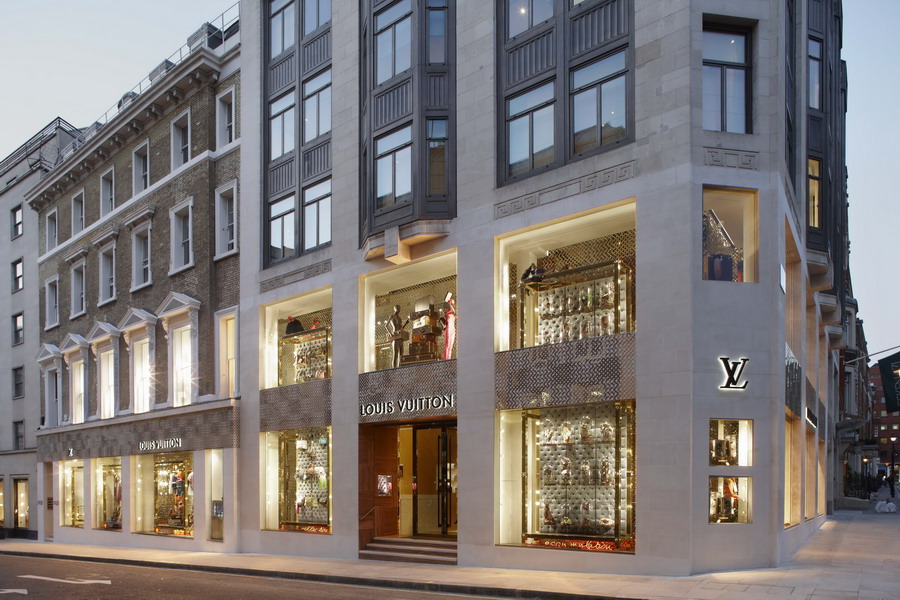

 Photo Gallery6 days ago
Photo Gallery6 days ago
 Headlines2 weeks ago
Headlines2 weeks ago
 Headlines6 days ago
Headlines6 days ago
 Headlines1 week ago
Headlines1 week ago
 Headlines2 weeks ago
Headlines2 weeks ago
 Headlines7 days ago
Headlines7 days ago
 Designer Dozen2 weeks ago
Designer Dozen2 weeks ago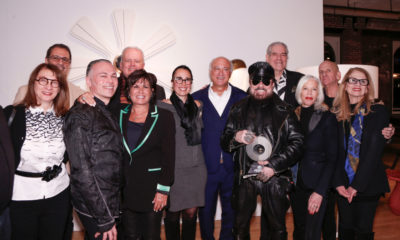
 Special Reports2 weeks ago
Special Reports2 weeks ago
